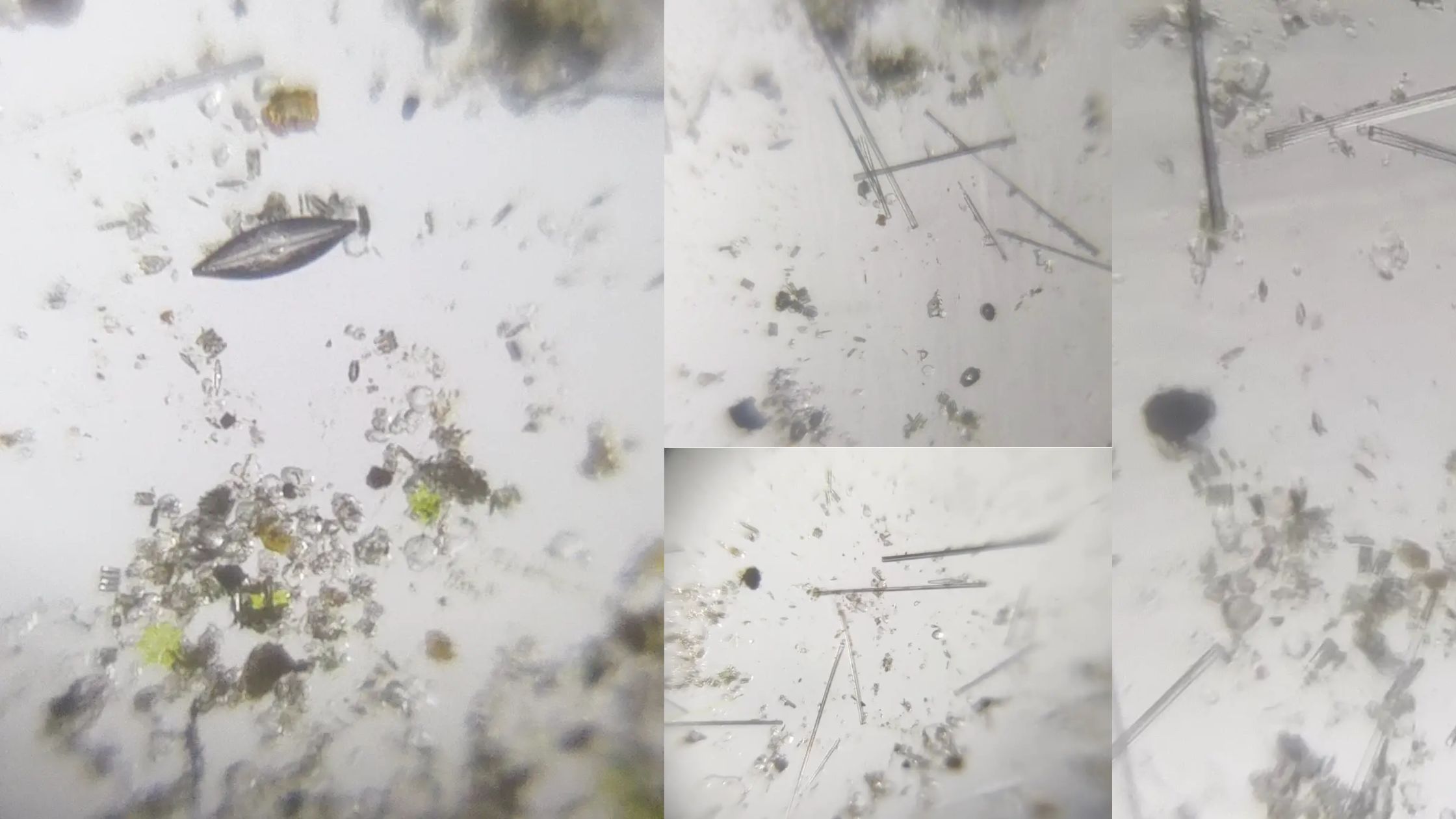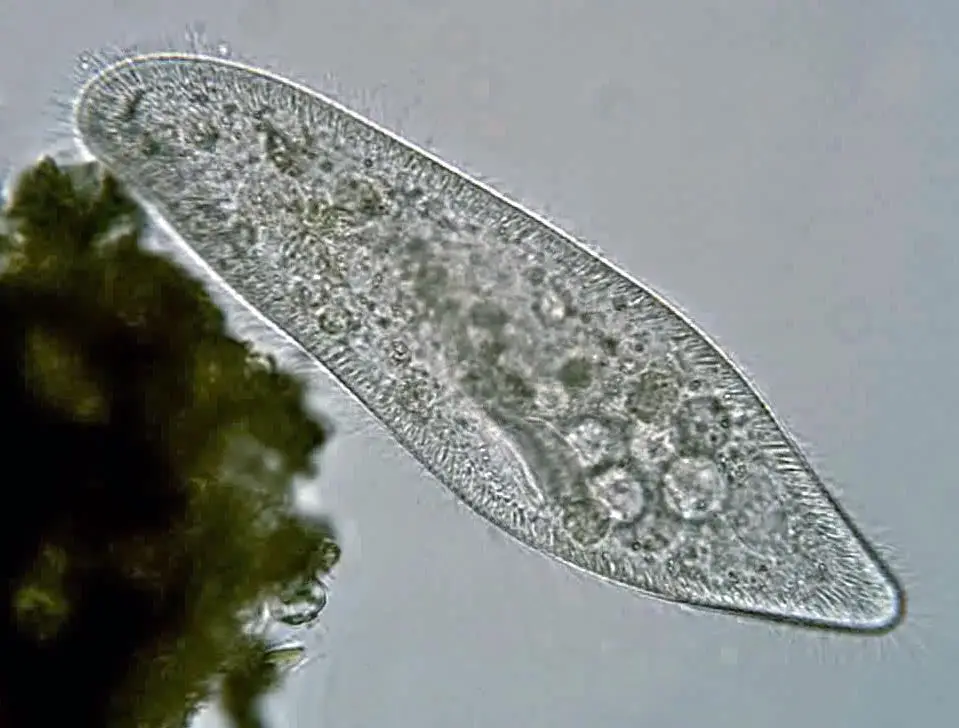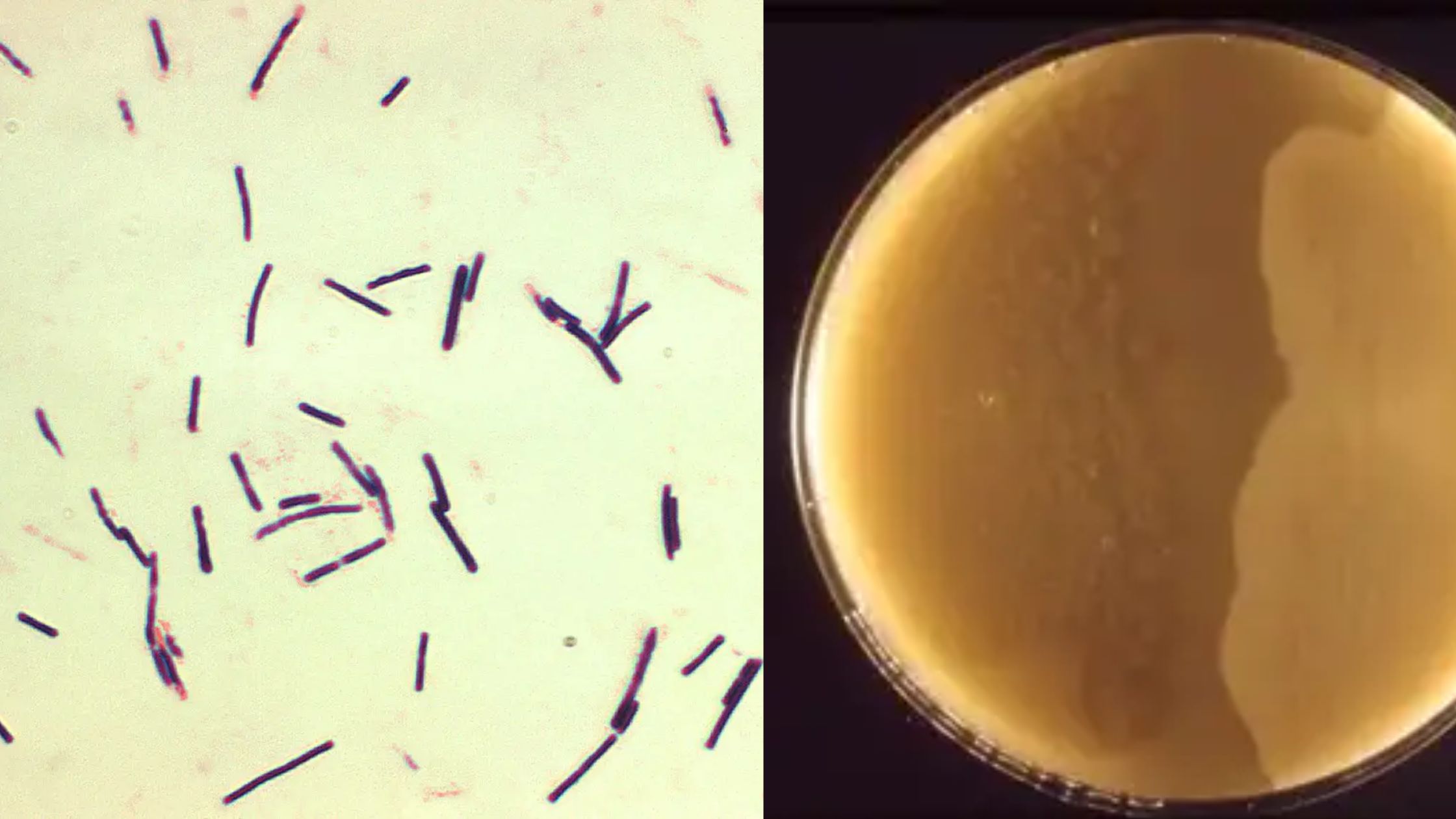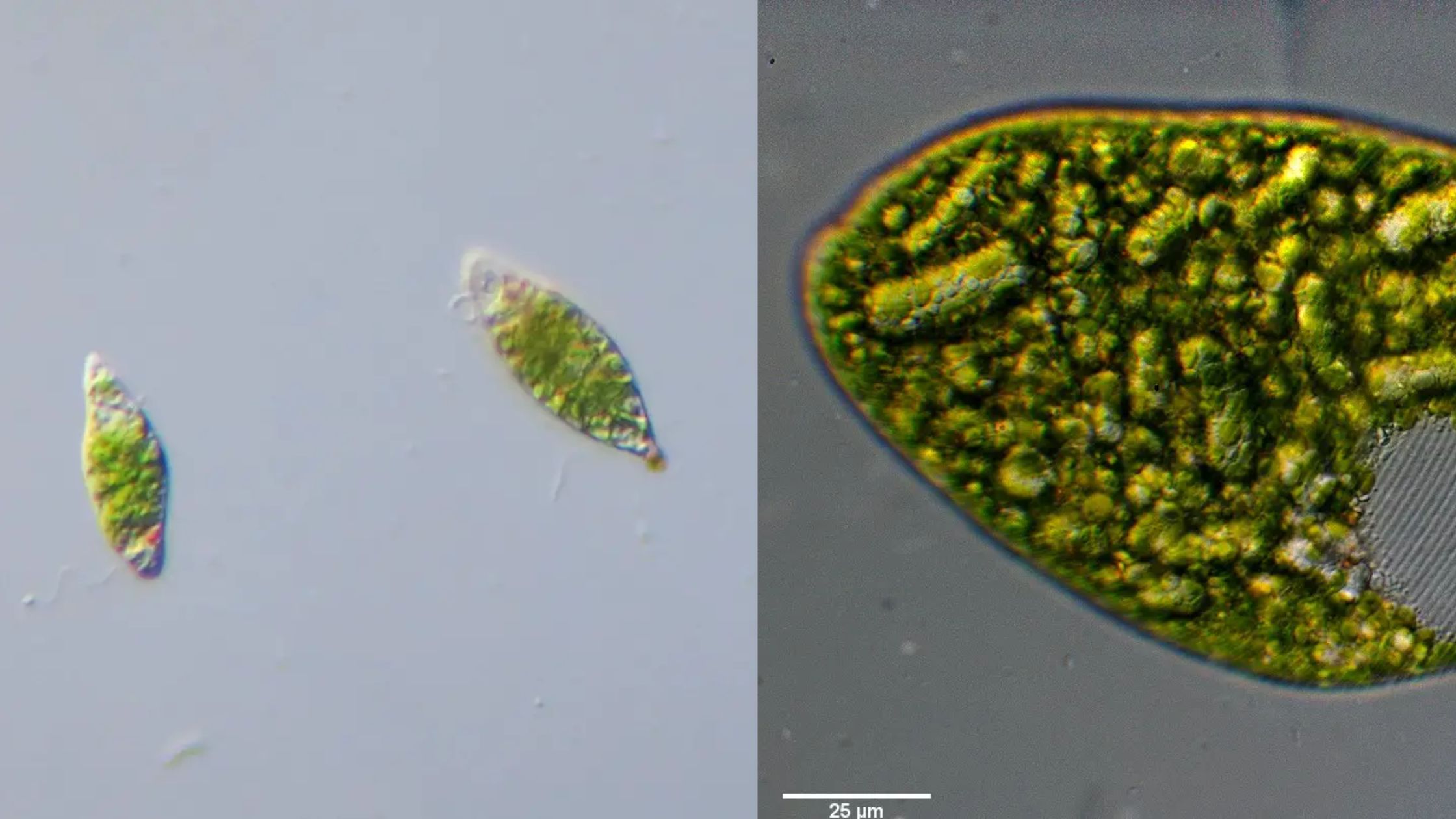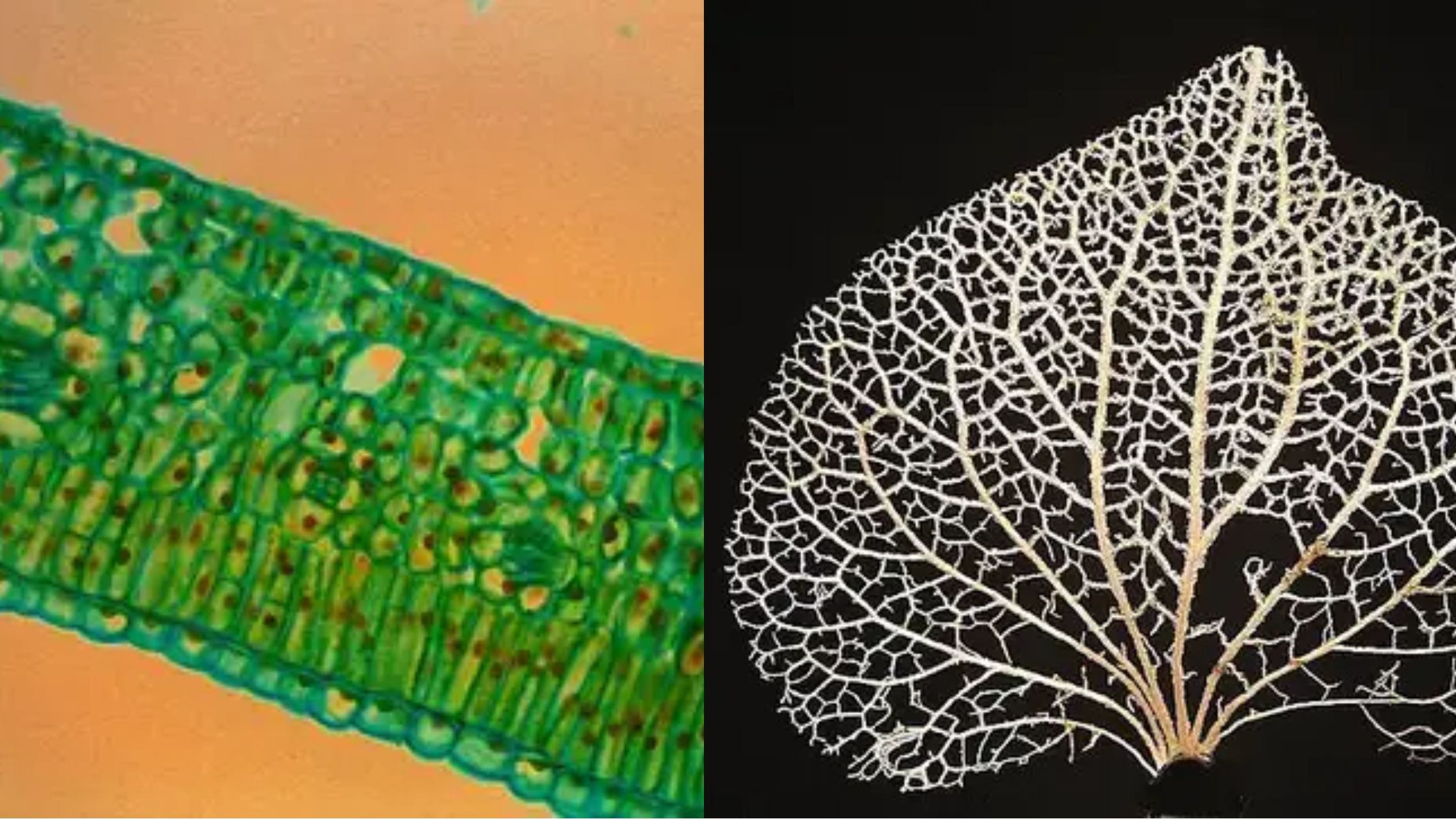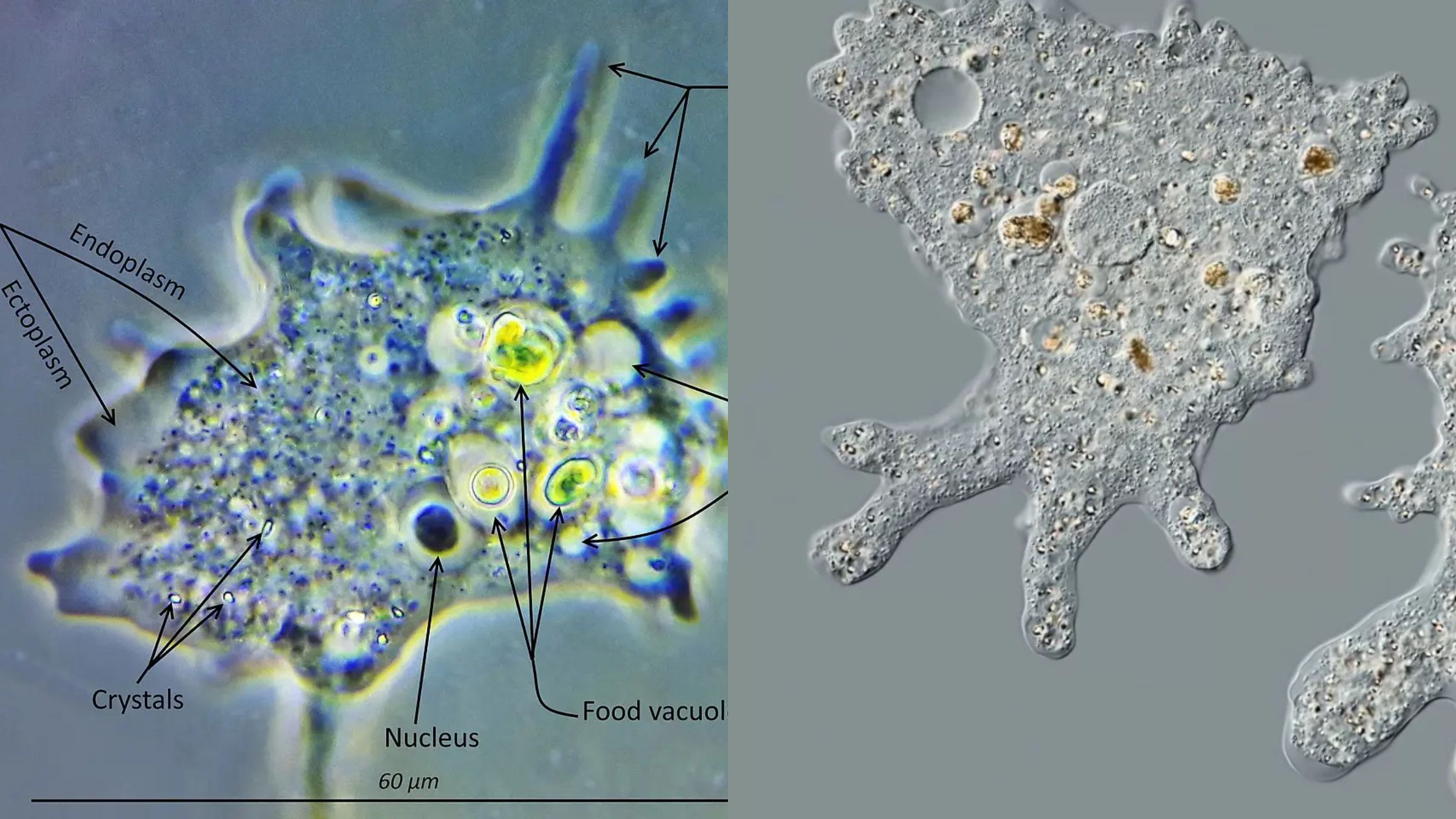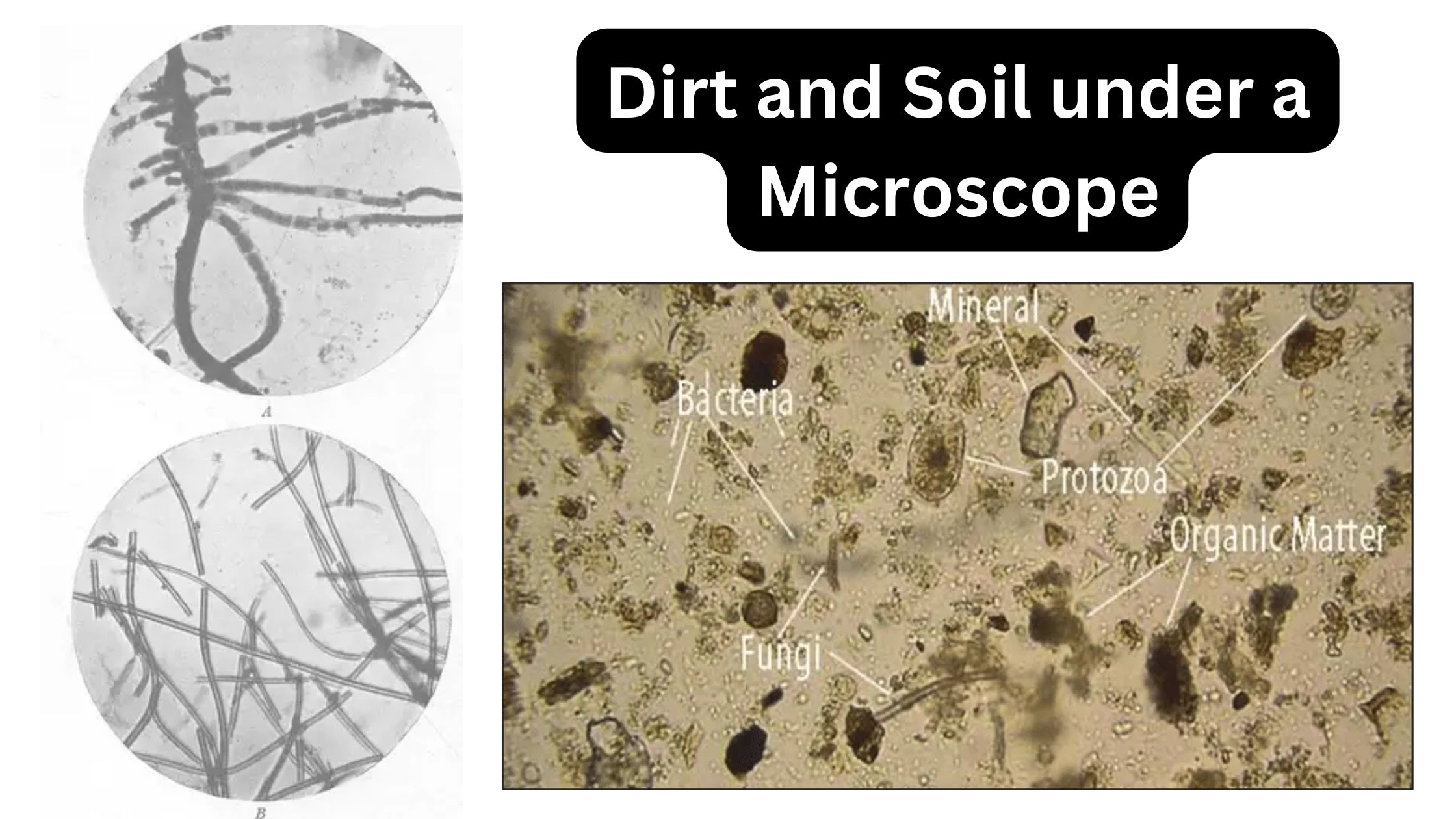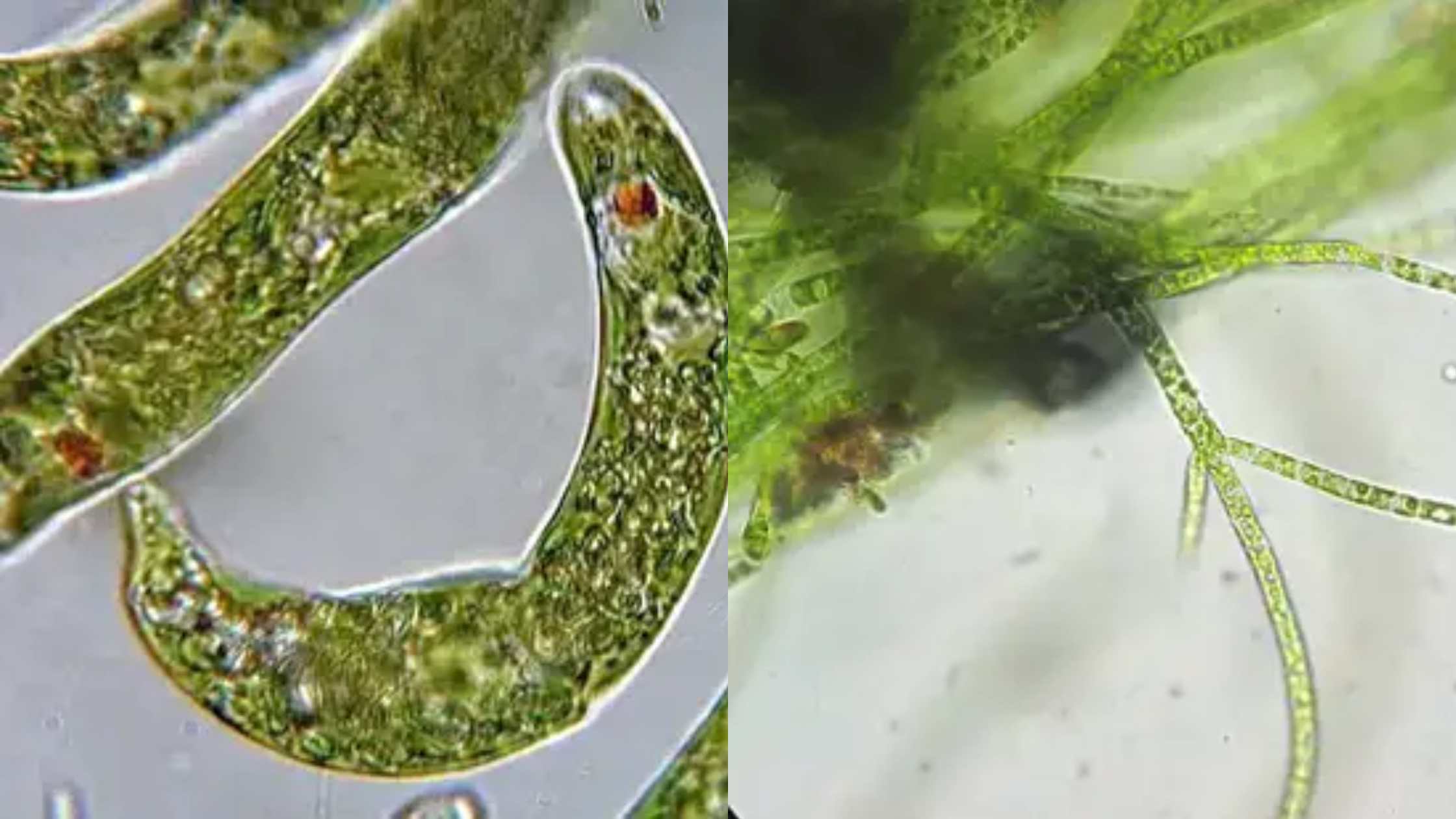Algae Under Microscope
What is Algae? Requirement for observation of Algae Under Microscope Algae Sample Collection Procedure Algae sample collection is a crucial step in studying these diverse organisms. To ensure a successful and accurate collection, follow this unique procedure: Tips: Safety Precautions: Storage: Processing: Identification: Following this comprehensive algae sample collection procedure ensures the acquisition of reliable … Read more

